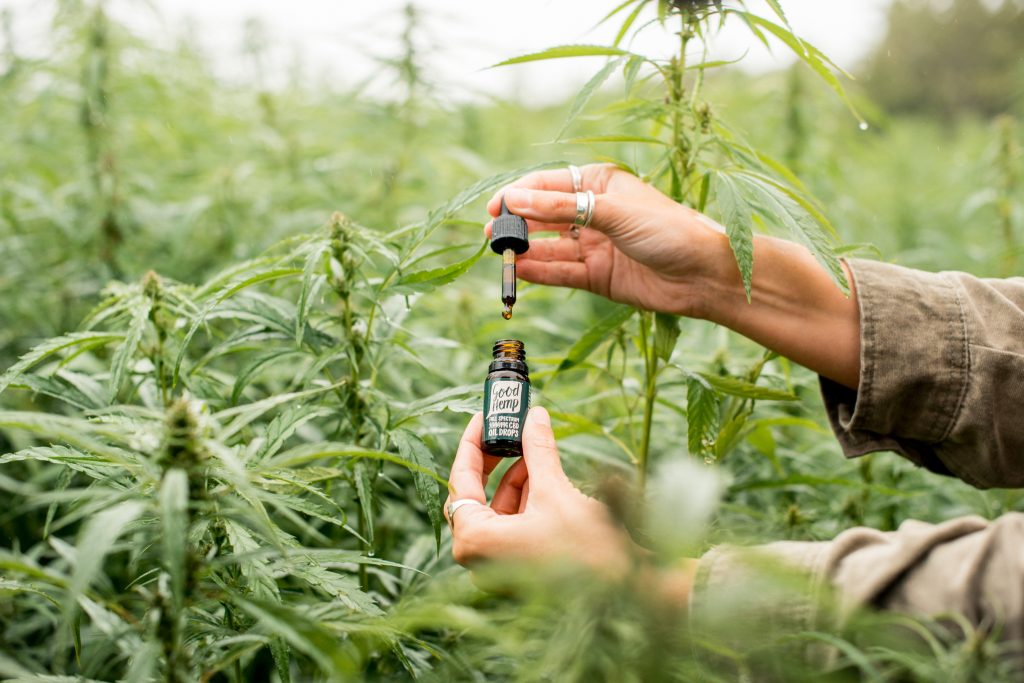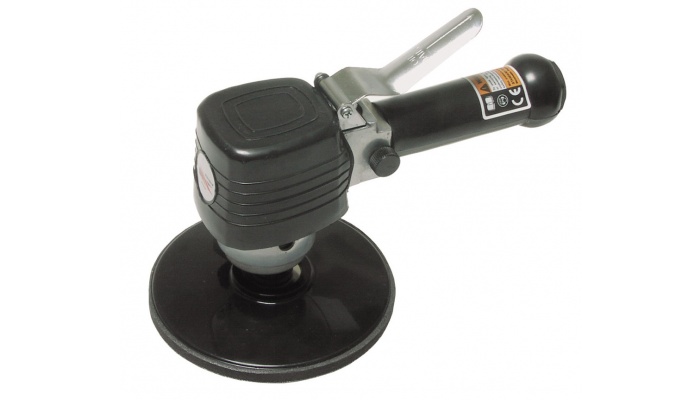Time-saving Tools: Quick Summaries Help You Turbocharge Your Work
Imagine being able to rapidly get a succinct overview including all the necessary information instead of spending hours viewing extensive movies. This will help you to go right to the point and concentrate on more critical chores. Whether for business, education, or personal growth, a video summarizer lets you quickly grasp important concepts instead of reading through thick material. This basic but useful tool can help you save time, so optimizing the use of your day.
Summaries’ Power in a Busy World
Content is ubiquitous in this day of ours. The internet offers countless hours of information ranging from instructional videos to how-to instructions. Not everyone, meantime, has the time to view it all. Summaries then become quite useful. A summary provides just what you need by combining lengthy movies into bite-sized knowledge. Professionals, students, or anybody else attempting to keep current without drowning in a sea of material will find this very beneficial. Now you may quickly grasp the essence of a topic, freeing more time for other critical chores.
Focus and Effectiveness Using Instant Information

Using summaries has one of the key benefits in terms of keeping one focused. Presenting simply the main facts removes the need to sort through pointless flutter. You save time and effort, therefore enabling your intellect to remain sharp and effective. For instance, a summary gives you a fast review of the stages or ideas instead of a whole-length tutorial. This enables you to move fast whether you are learning a new ability or basing decisions on the most recent facts.
How Might a Video Summarizer Improve Your Process?
Analysing the contents of a video and selecting the most significant aspects helps a summarizing tool function. It then arranges these points in an understandable, quick-digestible sequence. This tool allows you to obtain insightful knowledge without viewing the whole film, whether your goal is a short reminder or you are in a rush to grasp a new idea. You can thus spend more time using what you have learnt instead of wasting hours on materials that might not be pertinent to your situation.
Given the abundance of knowledge at our hands, a fast understanding of important topics can make all the difference. Using a video summarizer can help you maximize your time, remain informed, and maintain your attention on activities of greatest importance. This basic technology changes your consumption of content and enables you to keep ahead without needless pauses. In a world where time is money, a summary is a wise option rather than only a convenience.












































































































































































































 In order to begin employing this concept as part of your business transactions, you should first learn how to accept it. That means you should try to understand all about the transaction details and the miners who will play their role in making your bit-coin transactions work. You should understand the monetary value that is set against a particular bit-coin.
In order to begin employing this concept as part of your business transactions, you should first learn how to accept it. That means you should try to understand all about the transaction details and the miners who will play their role in making your bit-coin transactions work. You should understand the monetary value that is set against a particular bit-coin.













